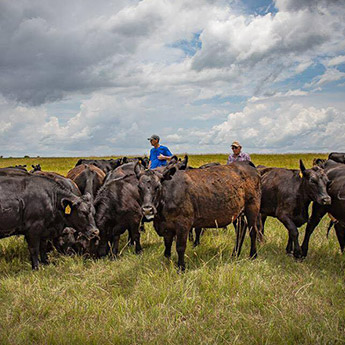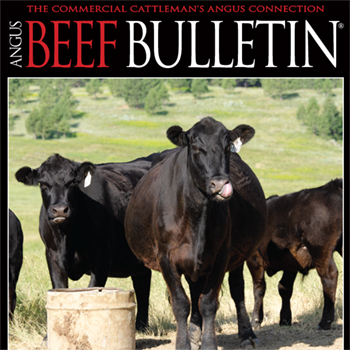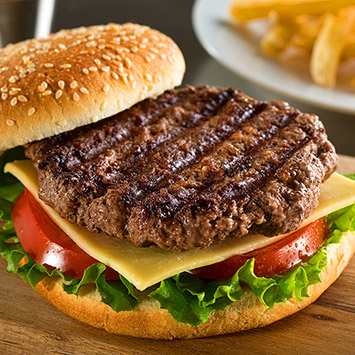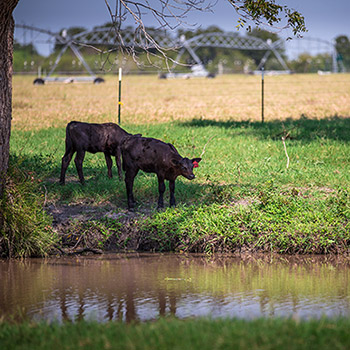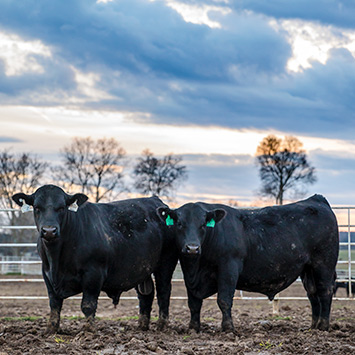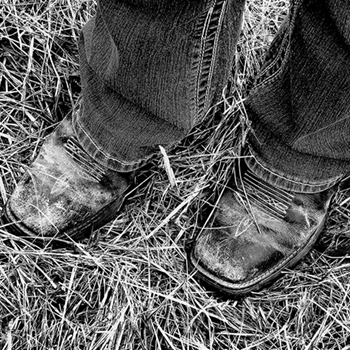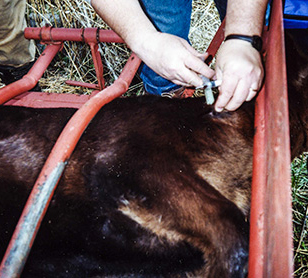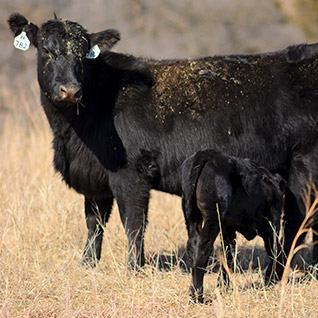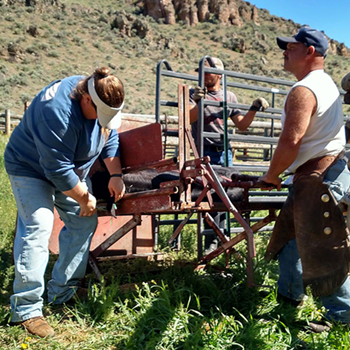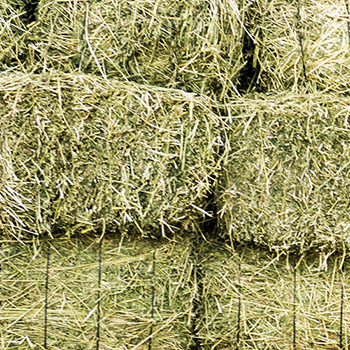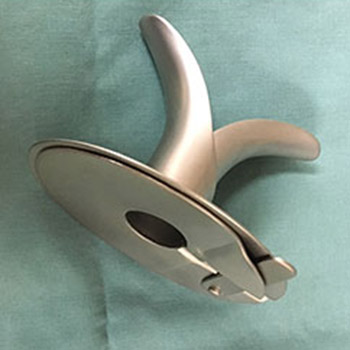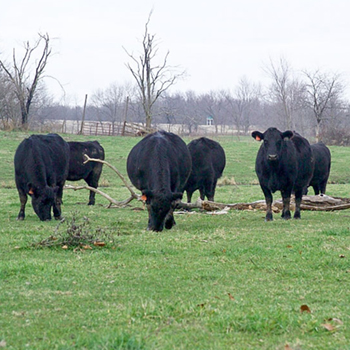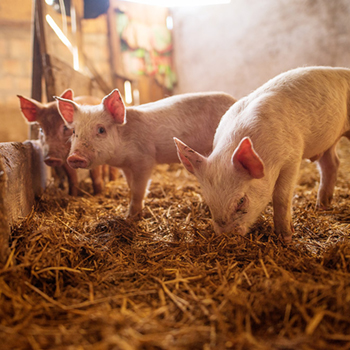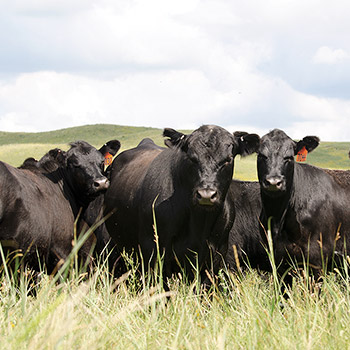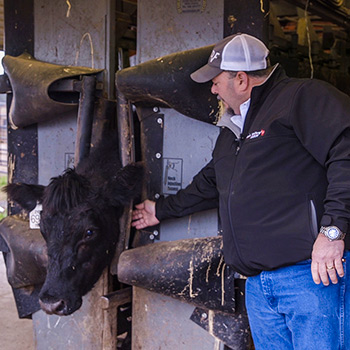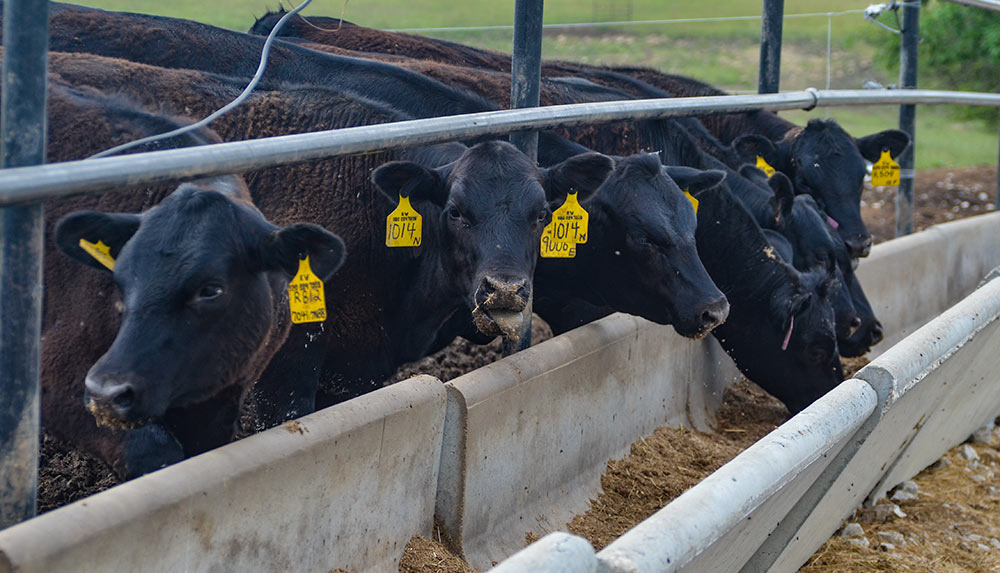
Factors Influencing Calf Prices
Management factors that affect calf value analyzed.
Video auctions are a popular form of marketing feeder calves, especially for bigger operations out West. Superior Livestock Video Auction introduced satellite video marketing in 1987 and now sells 2 million cattle annually, making it the largest video-sales company in the United States. Esther McCabe, doctoral student in the Department of Animal Sciences and Industry at Kansas State University, has been analyzing 24 years of data from Superior Livestock video auction, representing more than 90,000 lots of calves.
Video sales sell truckload-size lots, meaning about 50,000 pounds (lb.). With the assumption that weaning-age calves weigh about 500 lb., this equates to about 100 calves per truckload.
This data collection started in 1995 with the primary focus of monitoring vaccination protocols. In 1995, 76% of calves were sold off the cow and at most had one dose of vaccination. Now, 80% of calves sold are enrolled in VAC 34 and VAC 45 programs. VAC 34 means calves were given two rounds of vaccinations, but were not weaned at sale time. VAC 45 means two rounds of vaccination and calves have been weaned for 45 days or longer.
It pays to enroll in these vaccination protocols. In 1995, VAC 34 premiums averaged $1.35 per hundredweight (cwt.). McCabe adds that the 2018 average premium was $3.07 per cwt. Additionally, the premium for VAC 45 jumped from $2.47 per cwt. in 1995 to $6.19 per cwt.
Age- and source-verification programs sparked in 2003 in response to the “cow that stole Christmas.” A confirmed cow with bovine spongiform encephalopathy (BSE) caused markets to quickly collapse, and age and source verifications were designed to assuage the fears of foreign markets. Popularity of the program has diminished slightly, with 46% of lots enrolled in the programs in 2010 and only 29% in 2018.
Premiums for age and source verification vary widely, she says. The lowest premiums from her data were in 2018 at $0.76 per cwt. The highest were in 2015 at $4.07 per cwt., with no real trend line among the data.
In 1995, about 65% of calves sold were implanted, though since 2010, the average number of implanted lots hovers around 25%-27%. There are a number of “natural” programs available to producers in the industry. These programs do not allow the use of growth-promoting implants. However, the results of this study show the decline in use of implants far exceeds that expected from growth in natural beef programs.
“There is no significant evidence to show a price difference between implanted and non-implanted cattle. There was not a discount on implanted cattle, according to the data,” says McCabe.
Non-hormone-treated cattle (NHTC) is a program that’s getting more traction, McCabe says. Created in 1999 to export cattle to the European Union, program enrollees must have a third-party audit to participate. Its popularity has increased recently. Only 5% of lots were enrolled in the program in 2010. In 2017, 16% of lots were enrolled, and in 2018 that number increased to 24%. NHTC premiums in 2010 were $2.38 per cwt., spiked to $4.04 per cwt. in 2014, but have settled to about $2.30-$2.40 per cwt. in 2017-2018, she shares.
McCabe offers regional and breed makeup information from the summer 2018 calf sales. Video sales are most popular in the Rocky Mountain/North-central Region with 1,801 lots averaging about $164.33 per cwt. The West Coast consigned 1,259 lots this past summer, averaging $160.21 per cwt. The South-central Region consigned 1,046 lots, averaging $160.35 per cwt. The Southeast consigned 265 lots, averaging $155.16 per cwt.
She broke down the breed composition from the summer sales, as well. English on English overwhelmingly dominated the numbers of lots consigned with 12,318, averaging $162.84. English crossed with Continental made up 1,490 lots, averaging $161.97. Brahman-influenced cattle made up 563 of the lots and averaged $155.23.
Marketing cattle is an integral and sometimes frustrating part of the cattle industry. Knowing trends of the industry can help decide how to best market your calves.
